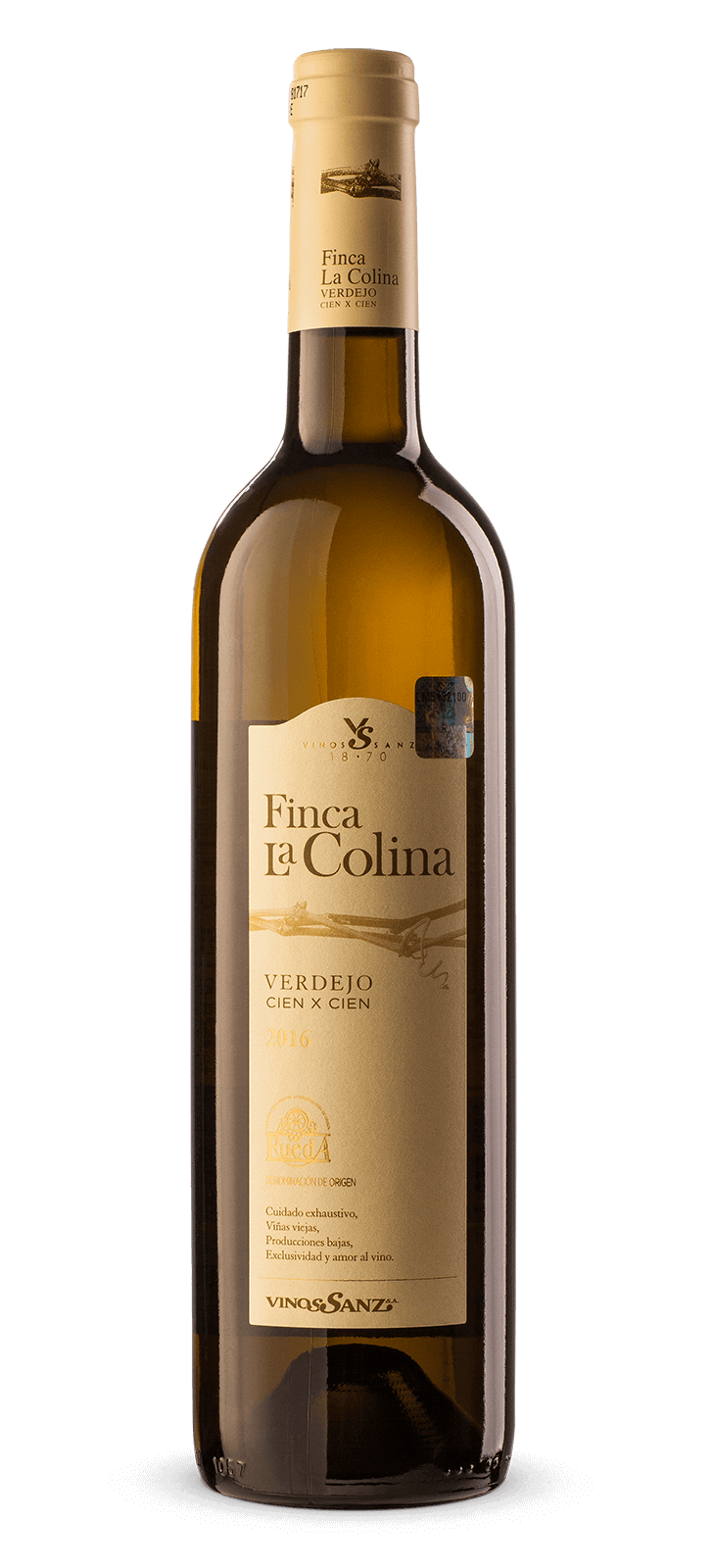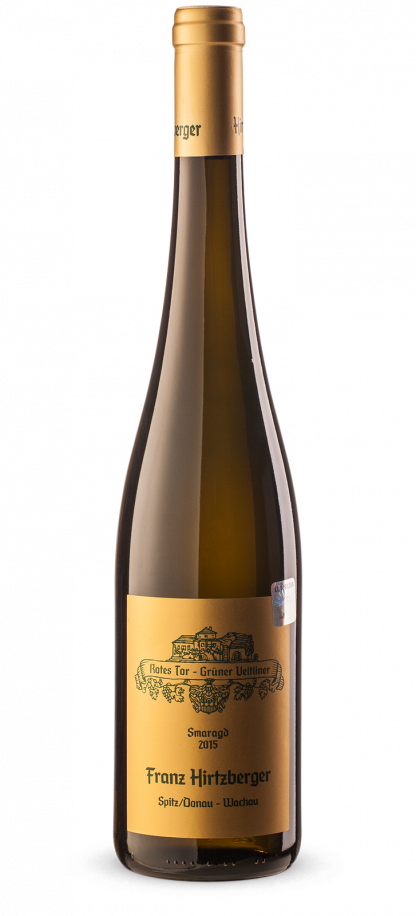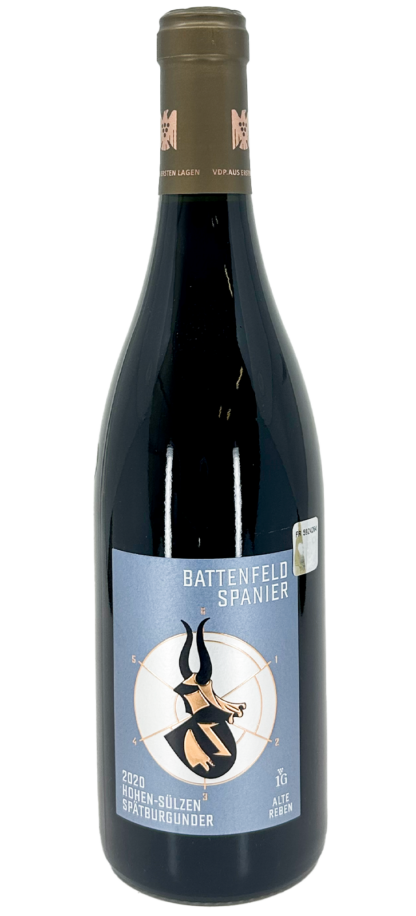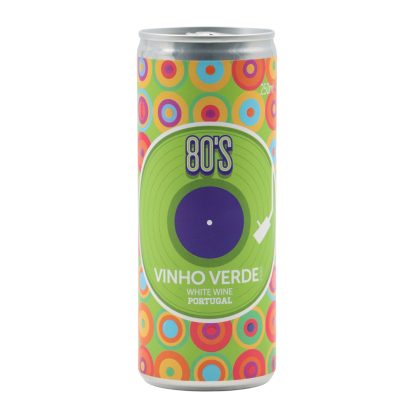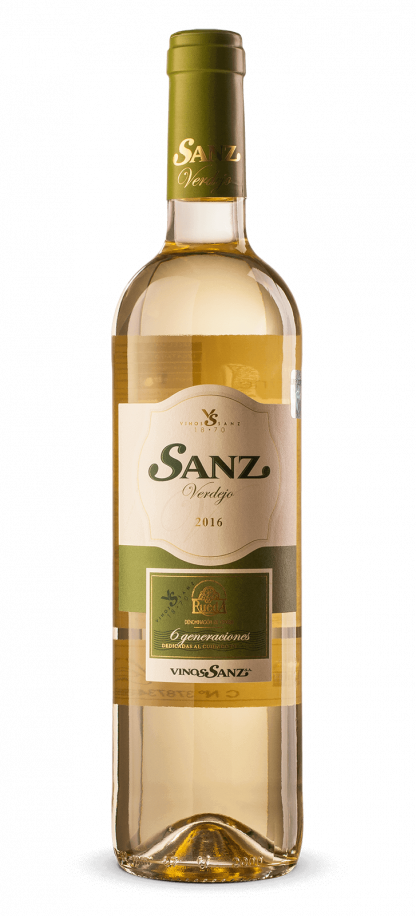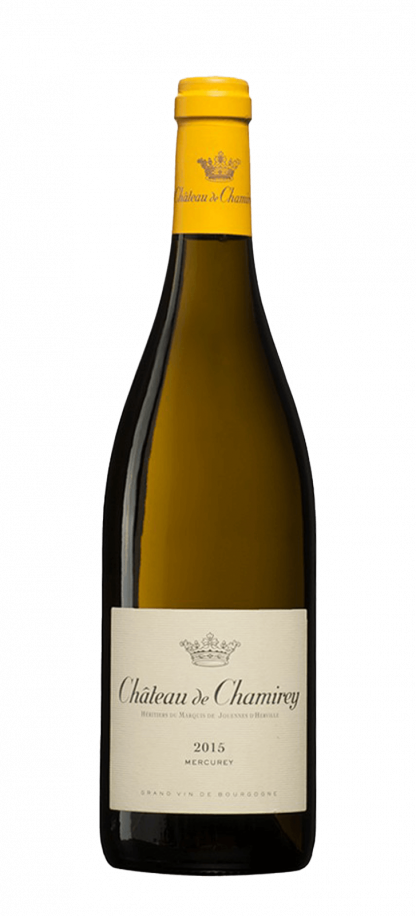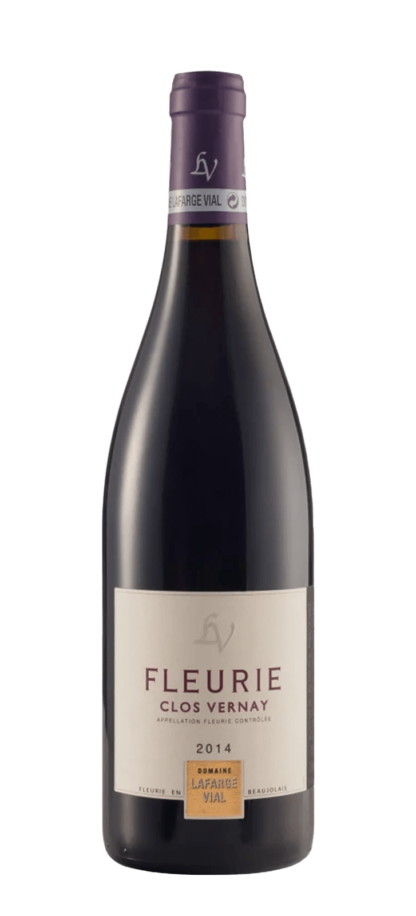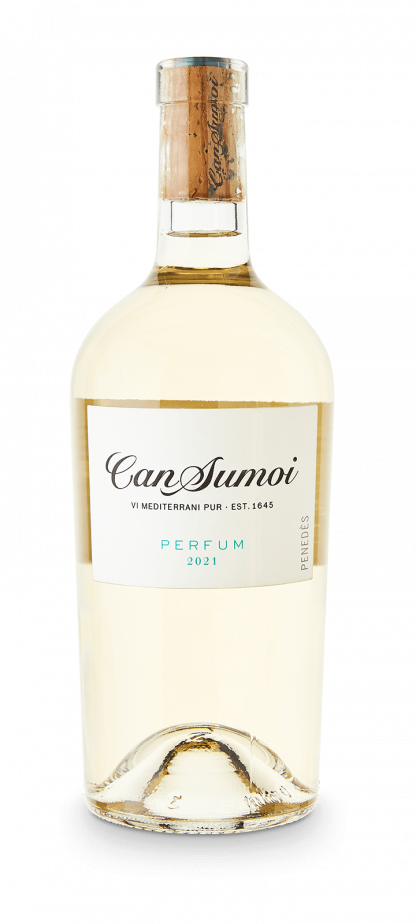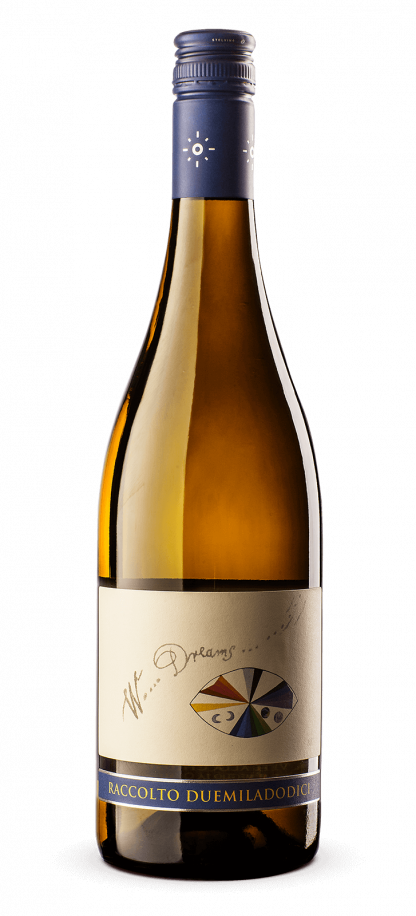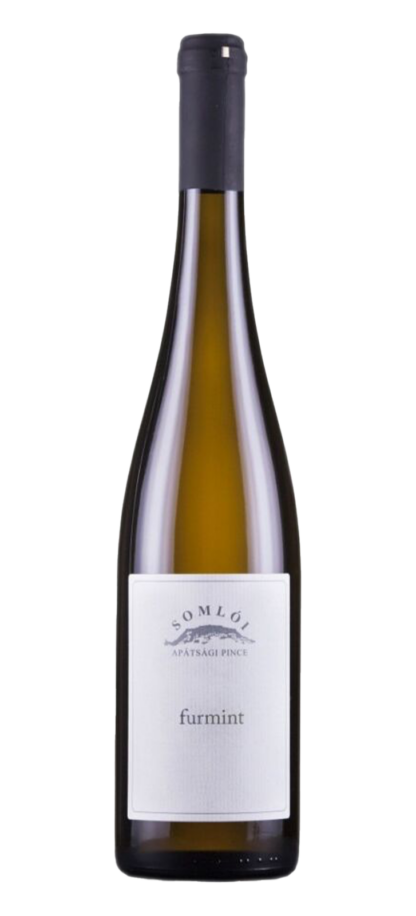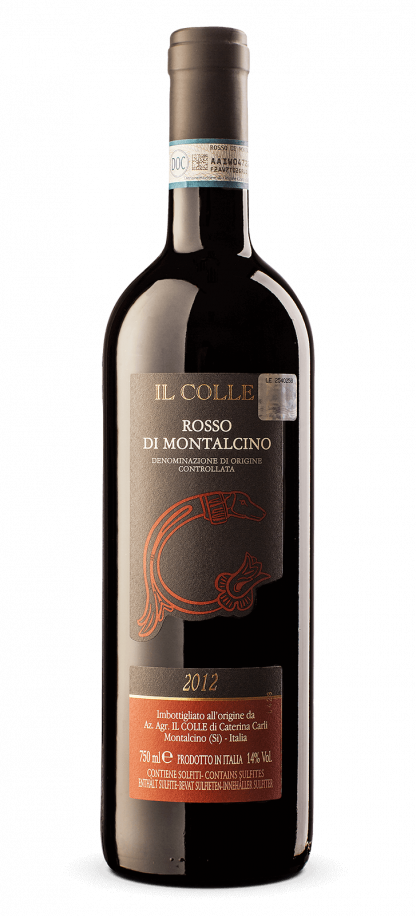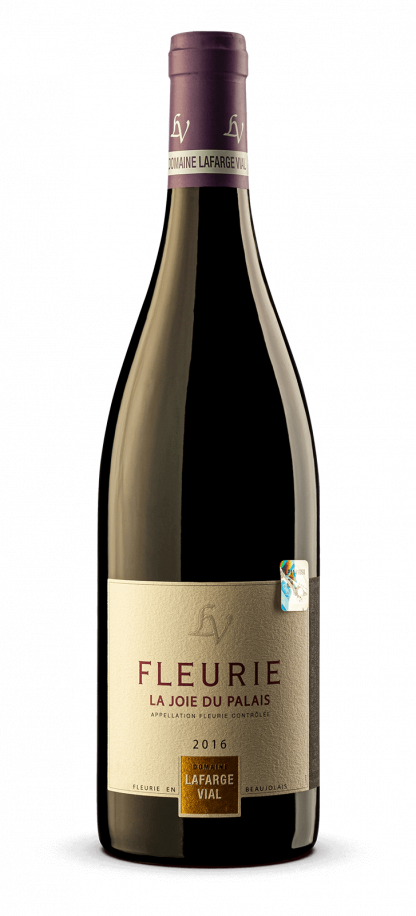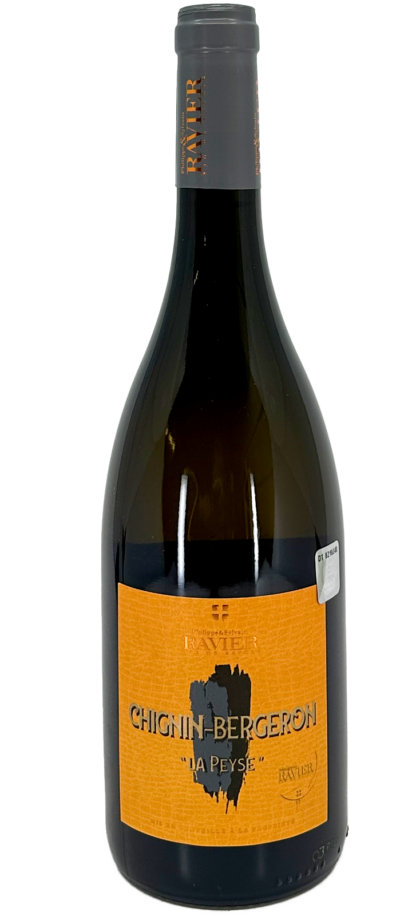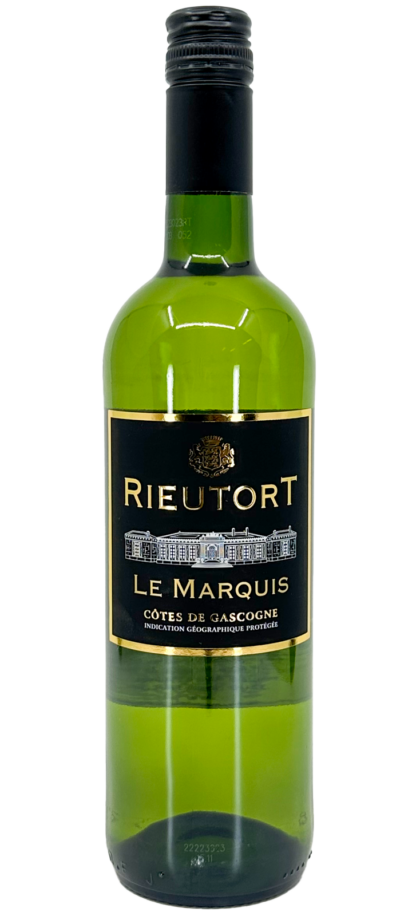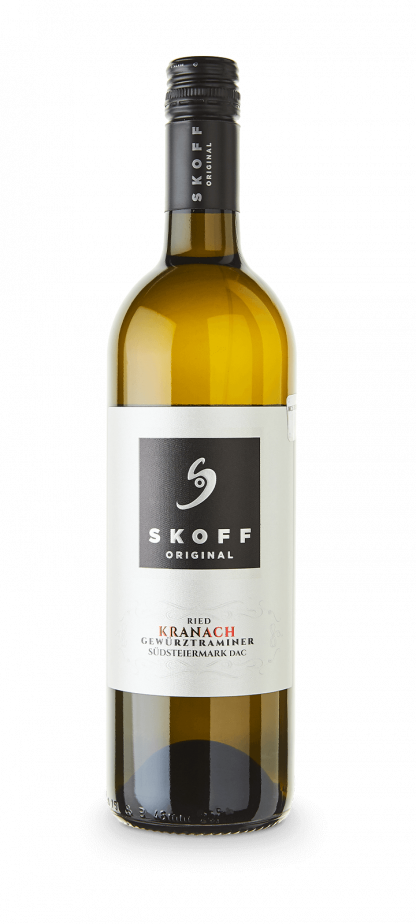Vino Sanza Verdejo “La Colina” Rueda 2021
Vino Sanza Verdejo “La Colina” Rueda DO degustācijas notis atklāj dzīvīgu citrusaugļu, zaļo ābolu un tropu nošu buķeti, ko papildina smalki ziedu nokrāsas un garšaugu pieskāriens. Pēc garšas tas piedāvā kraukšķīgu skābumu un vidēji stipru tekstūru ar citrona miziņas, greipfrūta un melones piegaršu, kas nodrošina tīru, atsvaidzinošu noskaņu. Šis Verdejo ir pazīstams ar savu aromātisko intensitāti, līdzsvaru un raksturīgo svaigumu.
Vino Sanza Verdejo “La Colina” Rueda DO lieliski sader ar jūras velšu ēdieniem, piemēram, grilētām garnelēm, ceviche vai ceptām zivīm, kur tās skābums un augļainums uzlabo maigo garšu. Tas arī papildina vieglus salātus, svaigos sierus un tapas, nodrošinot atsvaidzinošu kontrastu un paaugstinot kopējo maltītes pieredzi ar savu dinamisko un kraukšķīgo raksturu.
Noliktavā 1 prece/-es






